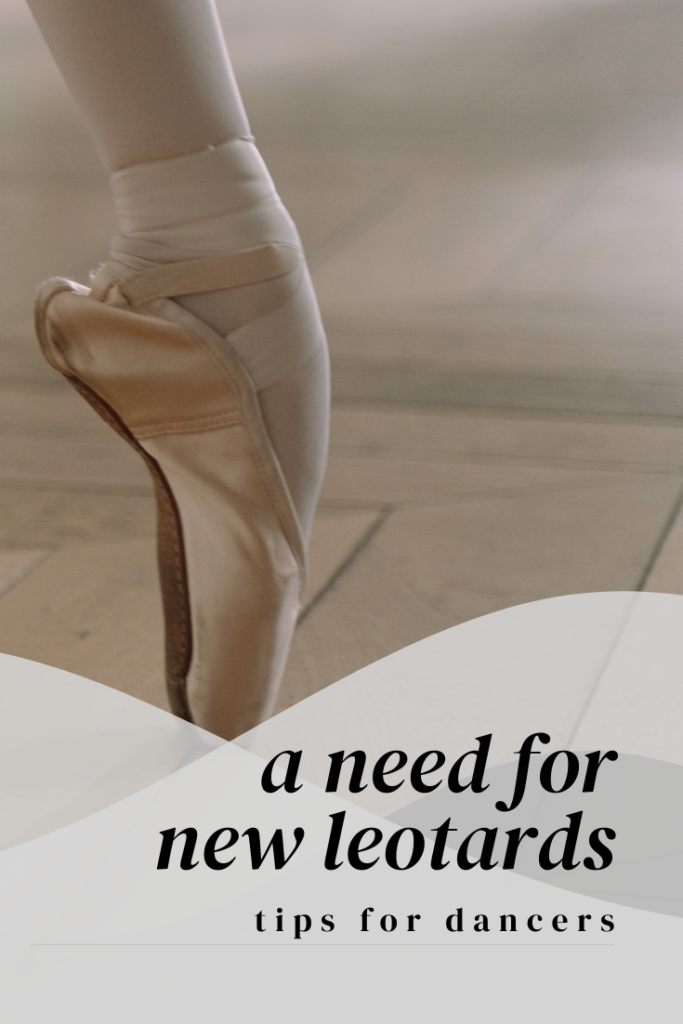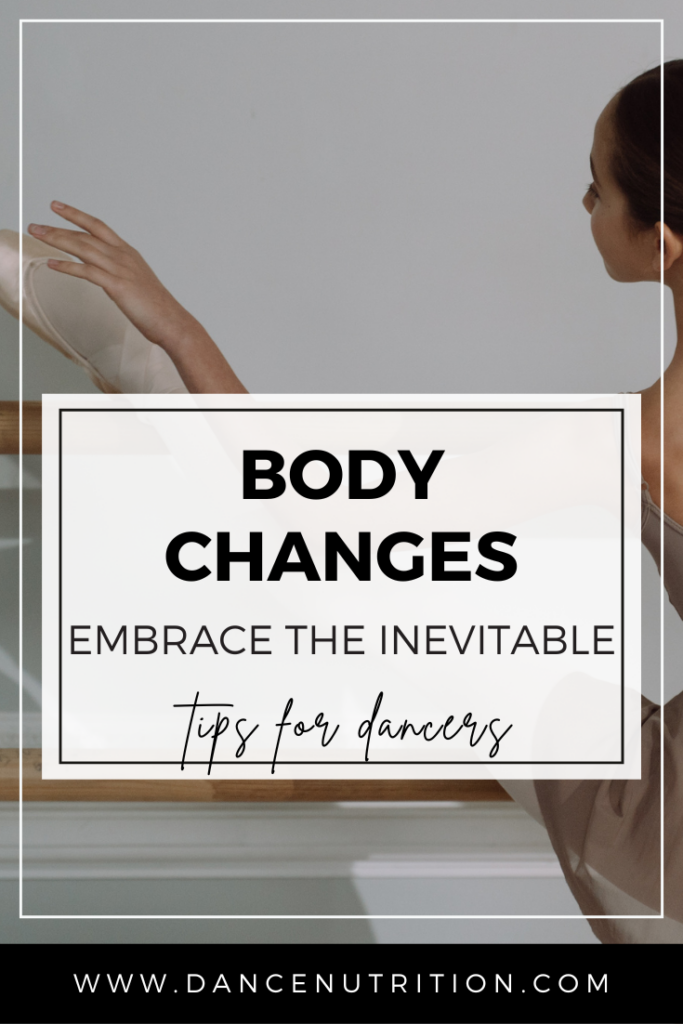As dancers, we all experience body changes. It’s part of being human. Still, the pressure to maintain a narrow body ideal, whether from instructors, peers, or even the studio mirror, can make these shifts feel more alarming than they actually are.
One of the most tangible reminders of body change is when it’s time to buy new leotards. For some, this can feel frustrating or even discouraging. But learning to embrace these shifts is what builds confidence, self-trust, and a healthier relationship with both your body and your dancing. Let’s talk about why dancers’ bodies change, how to reframe these shifts, and how something as simple as choosing a new leotard can become an empowering step forward.
Why Dancers’ Bodies Change
There are so many reasons a dancer’s body may change, whether weight gain, weight loss, growing taller, or changes to body composition. Sometimes the changes are gradual, other times sudden. For me, pregnancy and infertility treatment brought on rapid shifts that forced me to learn how to embrace my body while still pursuing what I loved most: dance.
Here are other common reasons dancers notice change:
- Puberty: Hormonal changes affect height, muscle development, and body fat distribution. Growth spurts, shifts in flexibility, and new proportions are all part of the process.
- Increased Training: More training often leads to stronger muscles, better endurance, and visible physical adaptations.
- Breaks or Decreased Training: Rest, vacations, or injury recovery can lead to temporary strength or stamina changes.
- Injury & Recovery: Healing may bring shifts in movement patterns, muscle balance, or joint mobility.
- Nutrition & Relationship with Food: Fueling habits play a role in how the body adapts to training.
- Mental & Emotional Well-Being: Stress and sleep can influence energy levels, recovery, and physical changes.
- Age: With time, dancers may notice differences in flexibility, recovery speed, and overall conditioning.
Acknowledging Change Without Fear
Dancers spend hours in front of mirrors, scrutinizing every detail of movement and shape. Over time, this hyperfocus can make normal fluctuations feel like something “wrong.” The truth? Bodies are meant to change.
Instead of resisting, try reframing body changes as signs of growth— both as a dancer and as a person. Chasing an unrealistic “perfect ballet body” through dieting or overtraining doesn’t support long-term artistry or health. Real progress comes from working with your body, not against it. Here’s an article that dives deeper into identifying a healthy body weight for dancers.
Navigating Puberty as a Dancer
A recent study of professional ballet dancers found that adolescence was one of the most challenging times for body image. Many reflected that they hadn’t received the medical or nutritional support they needed and often felt unprepared for the changes happening to their bodies. Some even turned to restrictive eating, which only made things harder.
Puberty is a season— just like a rehearsal season. It may feel unpredictable and uncomfortable, but it’s also a period of transformation. Hormonal changes bring increased muscle mass, bone density, and resilience. The good news? These are all tools that ultimately support your dancing. While leaps may temporarily feel heavier and balances trickier, these changes aren’t setbacks. They’re upgrades.
With time, many professional dancers look back and realize that what once felt like barriers were actually the building blocks of their strength, stamina, and artistry.
Leotards As A Tool for Success
I recently worked with a dancer who admitted she was afraid to outgrow her leotard. Together, we reframed the fear: her body wasn’t the problem. The leotard, however, was just too small. After all, no one blames their feet for outgrowing pointe shoes.
Dancewear can be expensive, and that adds another layer of stress. But a well-fitting leotard isn’t just a purchase, it’s a tool. It allows freedom of movement, supports comfort, and helps you feel confident in the studio. When a leotard feels too tight or restrictive, it’s not a sign of failure. It’s a reminder that your body is growing, adapting, and evolving.
This is the perfect moment to support your new shape with an updated wardrobe. What to consider?
- Comfort first: Does it give you support where you need it, with enough room for unrestricted movement?
- Size neutrality: Forget last year’s size; focus on what fits you now.
- Style exploration: Different cuts and fabrics can complement your current shape.
- Colors and designs: Choose options that make you feel energized and confident.
Your leotard should celebrate your dancing, not distract you from it. But if the cost of new dancewear feels overwhelming, consider selling or upcycling old leotards. Platforms like Poshmark or other resale sites not only help you declutter but also make it easier to find gently used, affordable options that fit your current body.
Key Takeaways: Dancers, Puberty, and Body Changes
Whether you’re navigating puberty, returning from injury, or simply noticing shifts with age, body changes are a natural and healthy part of being a dancer. They’re not something to fear; they’re evidence that your body has the energy and resilience to adapt.
When you honor those changes with dancewear that supports your here-and-now body, you’re not just buying new clothes, you’re affirming the dancer you are today.




